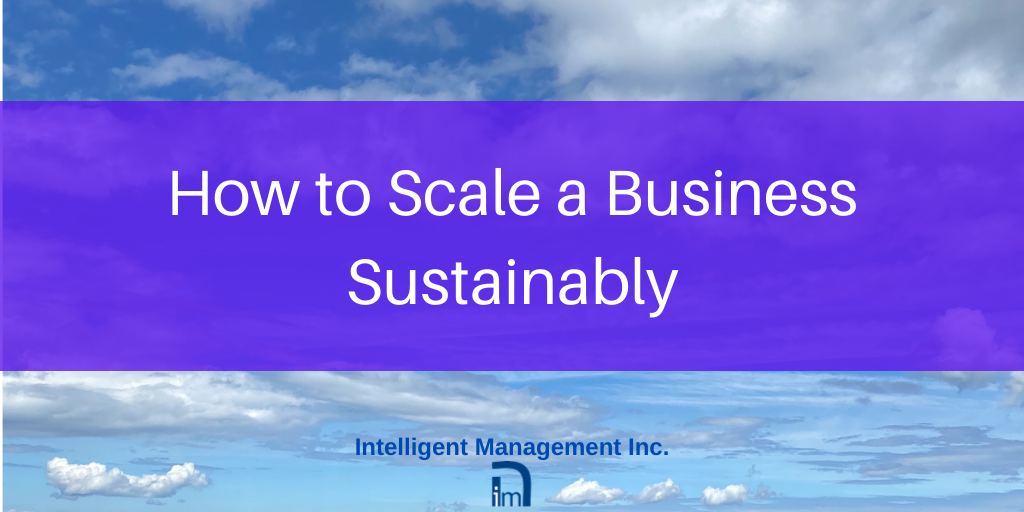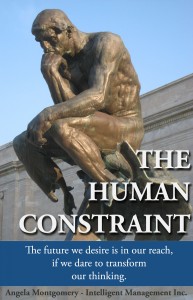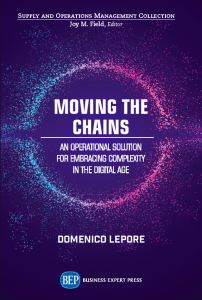
In the previous article in this series, our Founder Dr. Domenico Lepore, described the evolution of a systemic solution for managing organizations and avoiding silos. Here in Part Four, he answers the question “How do you put it into action?”
In 1999, we still did not have a sufficiently generic and comprehensive answer to how to put a systemic organization design into action. And neither did Academics, Pundits and Advocates for Many Sigma statistical hallucinations and Lean Japanese Fantasies, who fared conceptually way worse than we did in trying to provide a workable solution. (By the way, ‘Deming and Goldratt: The Decalogue’ meanwhile had been published in Japan although, I am afraid, probably something got lost in translation….).
That answer came later; it had been in full display for years, but nobody saw it. My team and I started from the most fundamental question: What do organizations do?
If you look at what any person does at work, you can safely say that there are only two types of activities: recurring and one-off.
The former, if executed with some level of statistical predictability (good morning Quality!) allows the flourishing of the latter. Without statistically stable recurring (and somewhat repetitive) processes, organizations have no sustainable life. They represent, metaphorically, the roots that allow the tree to grow.
When we map these processes, weed out inconsistencies, educate all the relevant people to their ways and manage their upkeep, we have a solid starting point to build upon.
Build what?
What keeps organizations in business? Heeding their customers and providing them with what they need. It is important to understand that the transformation of an expressed or unexpressed customer need into a saleable product/service is a Project; it is the coordination of a set of (hopefully) well designed processes (tasks) aimed at delivering a chosen goal within an agreed upon timeframe, budget and specifications.
Management is the social science that allows organizations to transform (market) needs into (saleable) products and the vehicles for doing so are the Projects. Accordingly, managing Projects IS what managers do.
Unfortunately, the current reality in organizations of all stripes is vastly different. The inherent conflict created by the hierarchical/functional organization design is still for the most part un-addressed and the global optimum (what Investors and Stakeholders at large want and need) is invariably sacrificed on the shrine of some local, cost saving organizational efficiency.
A Solution, or how to scale a business sustainably
If we agree that it is only via well managed projects that we bring about the vision and the goal of an organization AND that organizations are inherently systems, networks of processes aimed at achieving a common goal, THEN we should seriously look at how Projects should inform the design of an organization.
We did. And this is what we propose.
Liberation from the tyranny of Silos, the path out of the exile of the mind that functional hierarchies have pummelled us into, the way “out of the crisis”, is not through the fog of the mind that Deloitte trumpets with their “Adaptable Organization.
It is, instead, the long overdue understanding that what humans offer to organizations, besides their intelligence and desire to do good, are “competencies”, all the many (and often overlooked) skills that they bring to the table.
The starting point, then, is to look at how these competencies can be fruitfully put to work.
Critical Chain project management, (CCPM) with its finite capacity scheduling algorithm, opened up a completely new realm of possibilities because it made the coordination of activities via projects “realistic”. But, we asked ourselves, what do we really schedule, when we schedule?
Project tasks gain predictability of outcome if they are steeped in the execution of well-defined processes. When executing tasks, what people really do is deploy a competence that they have. So, it makes sense to schedule competencies.
And here lies one of the still untapped transformational aspects of the work of Dr. Goldratt, one that has the potential to redefine and give true operational meaning to the role of Human Resources.
As mentioned before, organizations are systems, networks of processes, webs of conversations directed at one agreed-upon goal. When we schedule projects, what we really do is focus these conversations towards the execution of a precise process, what we can call a “project task”.
In order to govern this process, we cannot resort to a “functional”, vertically superimposed control mechanism as it would immediately clash with the “flow” nature of the project. This is why company functions cannot continue to have a control role, invariably tied to power and status. They must, instead, regain their original role of “Competence Centres”.
Company functions must become custodians of the knowledge required to execute tasks. Resources must not be seen as part of a “function”; resources, and the competencies they bring, belong to the organization and must be available to those who are called to manage projects – yes, we can now finally call them “Project Managers”. The role of Top Management then becomes to choose strategically the mix of projects that maximizes the Throughput of the company. Head of Functions become Leaders of Knowledge, those who prepare individuals and groom their competencies for the good of the company.
If projects finally become the focus of Top Management (as they should because they are what generate revenues) how do we then “control” such flow-based, revenue-generating activities?
OTHER ARTICLES IN THIS SERIES:
- Deming, Goldratt and Critical Chain – the Pillars for Transforming Management and Organizations Today
- A New Perspective for Business Management
- Solving the Core Problem that Prevents Companies from Achieving Sustainable Growth
- How to Scale a Business Sustainably
- The Key Ingredients of an Organization Redesign for Complexity and Speed
- How to Improve Company Culture and Performance with a Transformation Based on Competencies
- Transforming to an End-to-end Operating Model with a Whole System Technology
- Scheduling a Project – the Most Critical Activity for Every Business
Contact: intelligentmanagement@sechel.ws
SCHEDULE AN INTRODUCTORY CALL WITH US ‘







Leave a Reply